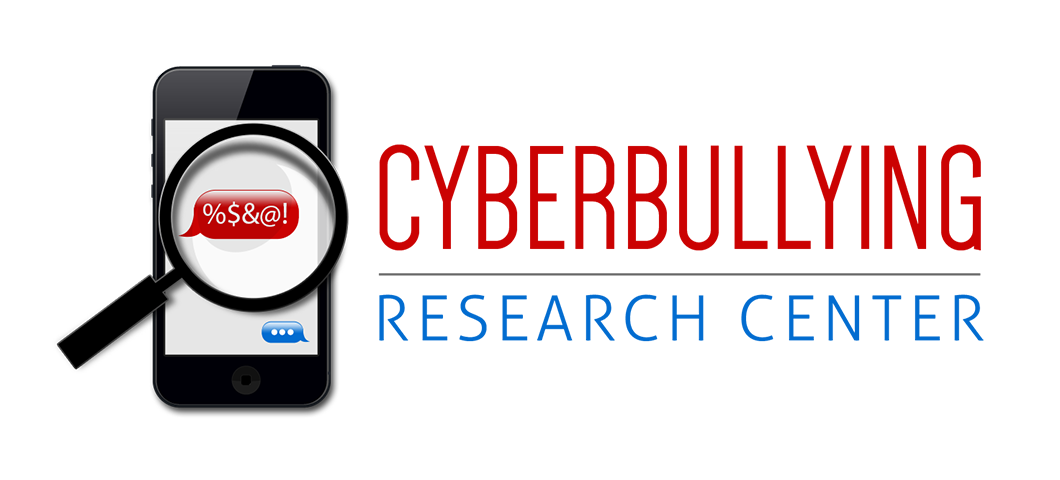
I have recently been chatting with Dr. Linda Young – whose work I greatly respect – about the topic of “humor limits.” In our trainings to youth-serving professionals, Justin and I discuss how teaching adolescents when comments made cross over a line and no longer are “funny” but are “abusive” and harmful. For example, the term “food baby” is currently used among teenagers to reference their slightly enlarged or bloated stomach after eating way too much. This is generally funny when a person points out their own food baby to others, but can cross a line and be intepreted as mean-spirited, embarrassing, or otherwise rude when a person points it out in someone else who may be self-conscious about their weight.
Additionally, many things are described by youth as “retarded” or “gay” – a practice which we do not condone in the slightest. While we wish that adolescents would not use these terms at all, those who do should be very careful as it may offend one or more persons in their social audience. Those words can easily exceed a standard of acceptability in conversations, and be perceived as prejudicial, hateful, and harassing.
Due to the anonymity, pseudonymity, and freedom that online communication allows as compared to face-to-face interactions, humor limits are easily crossed – and many statements made on Facebook walls and comment threads in an attempt to be sarcastic or humorous end up inflicting harm. This can at times be considered cyberbullying, and often leads to hurt feelings and broken friendships. We would do well to share various examples of this phenomenon with kids – and discuss them in detail – so that they more readily think about their audience and how their words might be interpreted before posting or sending potentially inflammatory content.








Many things that I’ve always seen as harmless pranks have serious consequences. For example, because of the anonymity of the internet, instant messaging has quickly become a new way to harass fellow classmates without face to face contact. I remember from personal experience, my friends always used to play pranks on each other via AIM. At that time, they were unaware that their harmless pranks were classified as cyberbullying. Though their pranks did not have violent threats in them, they did include teasing, which can be linked to psychological and emotional aggression.